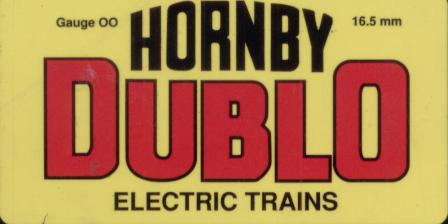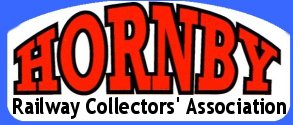Hornby Dublo Introduction
These pages contains some factual information about the 'Dublo' range. Further information can be found inside the Members' Wiki.
Introduced in 1938 in both Clockwork and Electric as the 'perfect table top railway', Hornby Dublo quickly gained a reputation for quality and durability. After World War II Clockwork was dropped and Electric locos were relaunched with updated couplings in GWR, LMS, LNER and Southern liveries....
|
Major Dublo Milestones:
-
1901 Frank Hornby invents Meccano
-
1914 Meccano Ltd moves to Binns Road, Liverpool
-
1915 Frank Hornby announces he is to make 'toy trains'
-
1920 Toy Train production starts at Binns Road
-
1938 Launch of electric and clockwork Hornby Dublo through Meccano Magazine
-
1941 Toy production closes and this sees the end of the clockwork system
-
1947 Hornby Dublo returns and now has Peco type automatic couplings
-
1948 Duchess of Atholl released
-
1950 New motors introduced
-
1953 Change to British Railways liveries
-
1957 Bristol Castle released
-
1957 Dublo Dinky Toys arrive
-
1958 First plastic wagons appear
-
1958 Head and coach boards introduced
-
1958 First diesel added to the range (Class 20 Bo-Bo)
-
1959 First plastic building appears
-
1959 2-rail electric system introduced
-
1960 Ringfield motor announced
-
1960 Plastic couplings first appear
-
1962 Decals on loco models now show only left facing lion
-
1963 First beginners sets released
-
1964 Last model, the AL1 electric, released after other Hornby Dublo production had stopped
-
1964 Lines Bros. Ltd invited to take over Meccano Ltd
-
1964 Official end of 3-rail system
-
1965 Announcement of 'amalgamation' with Tri-ang Railways
-
1966 Hornby Dublo tools sold to G&R Wrenn
|

Hornby Dublo Badge

1957 Catalogue
|


